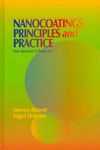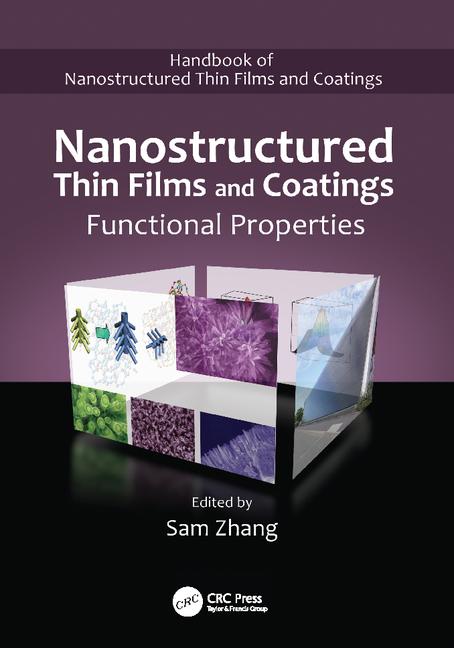
|
| Figure 1 Click to enlarge |
In today’s coatings industry, pigments are commonly evaluated for fineness of grind utilizing the ASTM test method D1210-05(2010) titled “Standard Test Method for Fineness of Dispersion of Pigment-Vehicle Systems by Hegman-Type Gage”. This test is a way of determining whether agglomerates have been reduced in size to a desirable level in the finished product. This test method covers measurement of the degree of dispersion (commonly referred to as “fineness of grind”) of the pigment in a pigment-vehicle system such as liquid coatings and their intermediates. It may also be used to assess the inclusion of particulates by a cleanliness (or texture) rating.3
However, the fineness gauge does not give accountability to tinting strength, for low tint strength can exist at good fineness levels if there is significant flocculation present. Flocculates seldom show as particles on a fineness gauge because they are broken up by the shearing action of the scraper.2
Scanning electron microscopy as well as particle analyzers based on light scattering can be used very effectively to study particle size and distribution changes that occur during the dispersion process; however, such equipment is not always a realistic option for many companies. Light microscopy, however, is a more common analysis technique that can be useful to determine pigment dispersion – and it is much more economical. Today there is no ASTM that utilizes a light microscope to evaluate the degree of dispersion, and the purpose of this article is to introduce a simple test method being developed by Nubiola USA to make dispersion determinations.
The trend today is towards the use of more easily dispersible pigments1 – and through synthesis and treatments, Nubiola is at the forefront of this trend with expertise in inorganic morphology, particle size reduction and particle treatments. In addition to the production process, the company is dedicated to helping determine the dispersion properties of their manufactured pigments in order to recommend the right product for the right system.
This is what prompted the development of a test method utilizing light microscopy to further investigate the dispersion trends in the Nubifer range of micronized and non-micronized iron oxide pigments. Figure 1 shows examples of the data being generated through this technique. Further work is being done to gather in-depth knowledge of the dispersion properties of the Nubifer iron oxide range of pigments with comparative data showing the non-micronized pigments, micronized pigments, as well as both with various types of dispersion aids – in both water and solvent systems.
For further information, visit www.nubiola.com.
References
1 Vernardakis, T. Pigment Dispersion. In Arthur A. Traction (Ed.), Coatings Technology Handbook (3rd Edition).Taylor & Francis Group, LLC. (2006).
2 DuPont. DuPont Pigment Dispersion in Liquids. E.I. du Pont de Nemours and Company. (2002).
3 ASTM D1210-05. Standard Test Method for Fineness of Dispersion of Pigment-Vehicle Systems by Hegman-Type Gage,” (2010).








